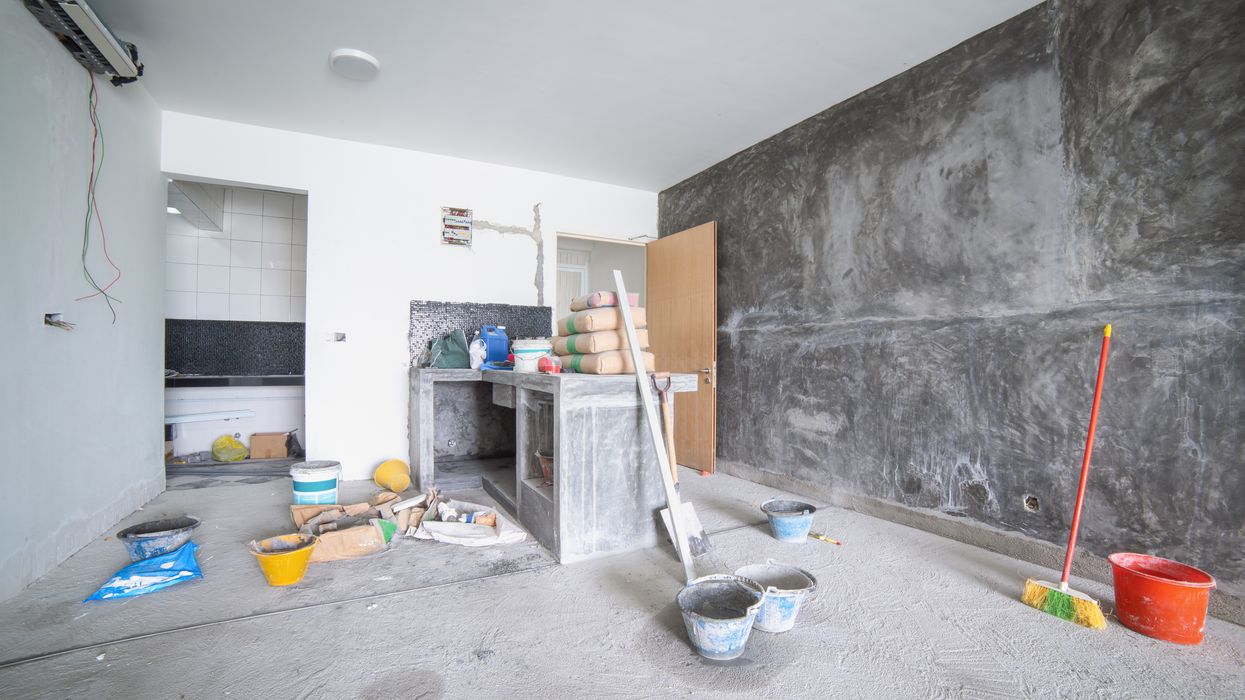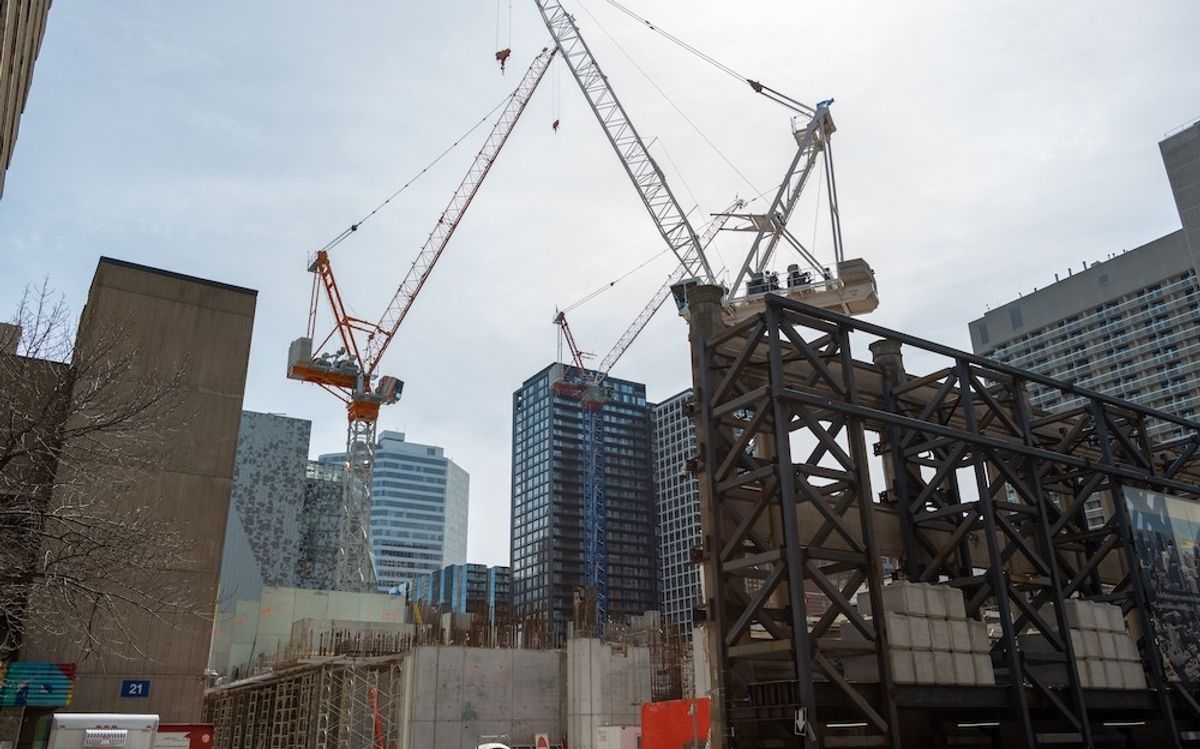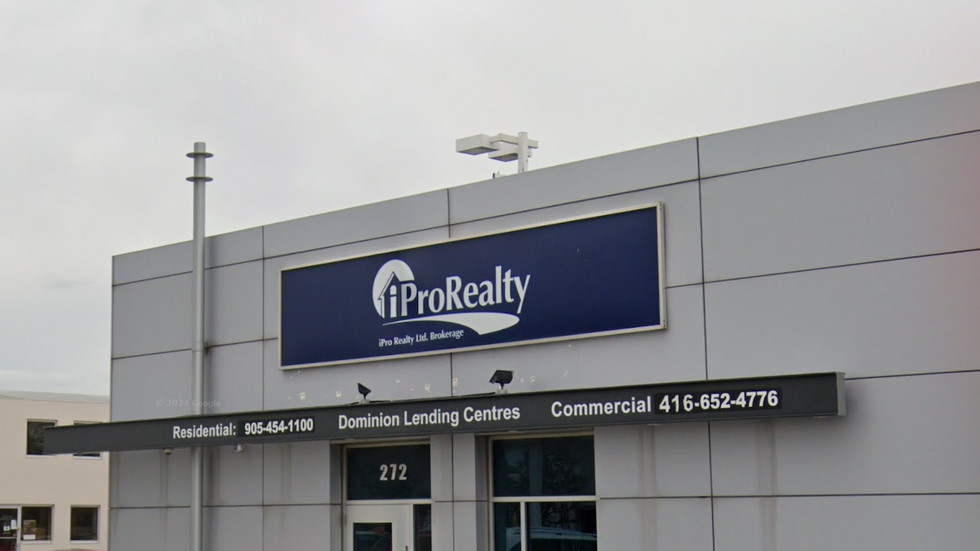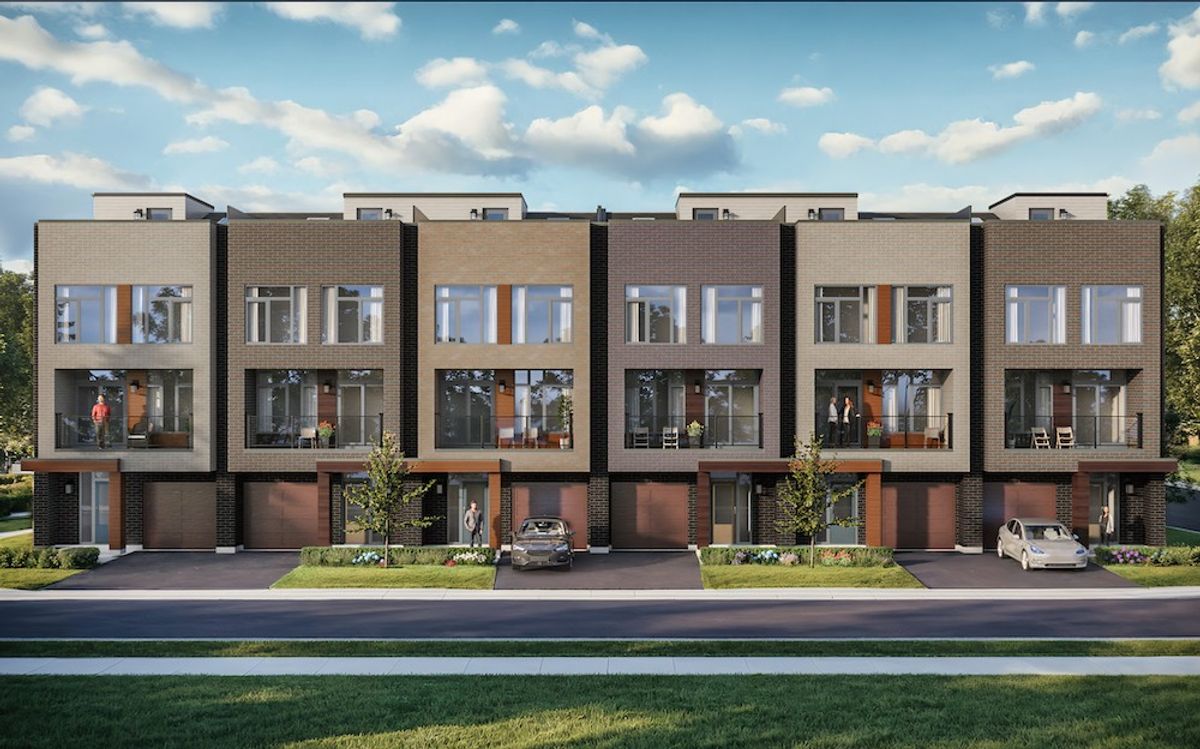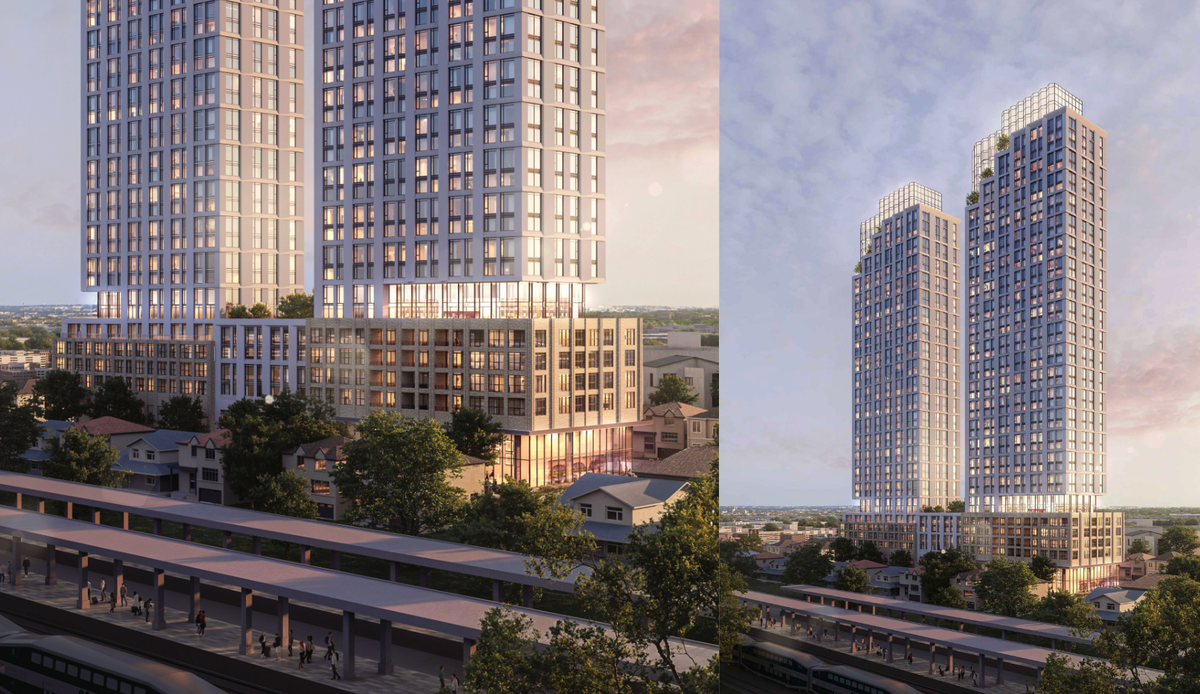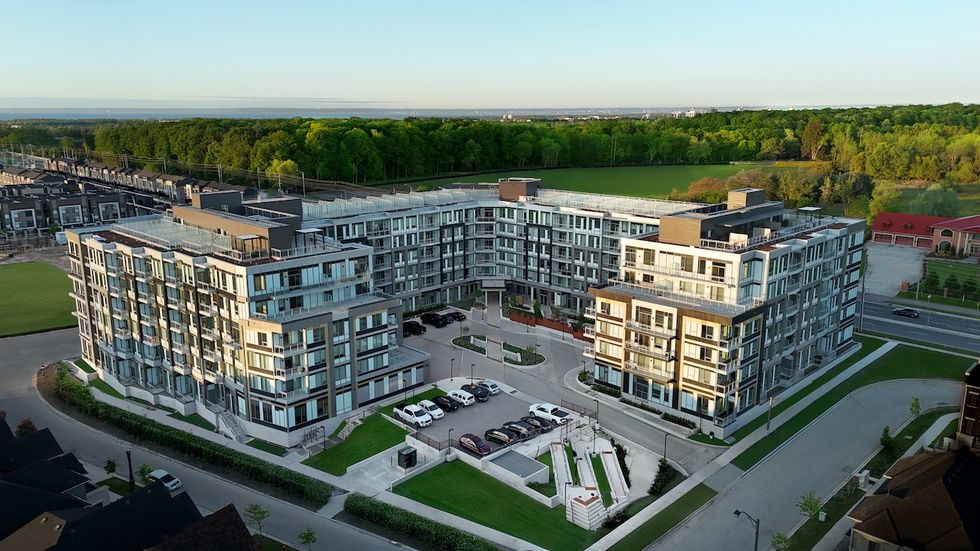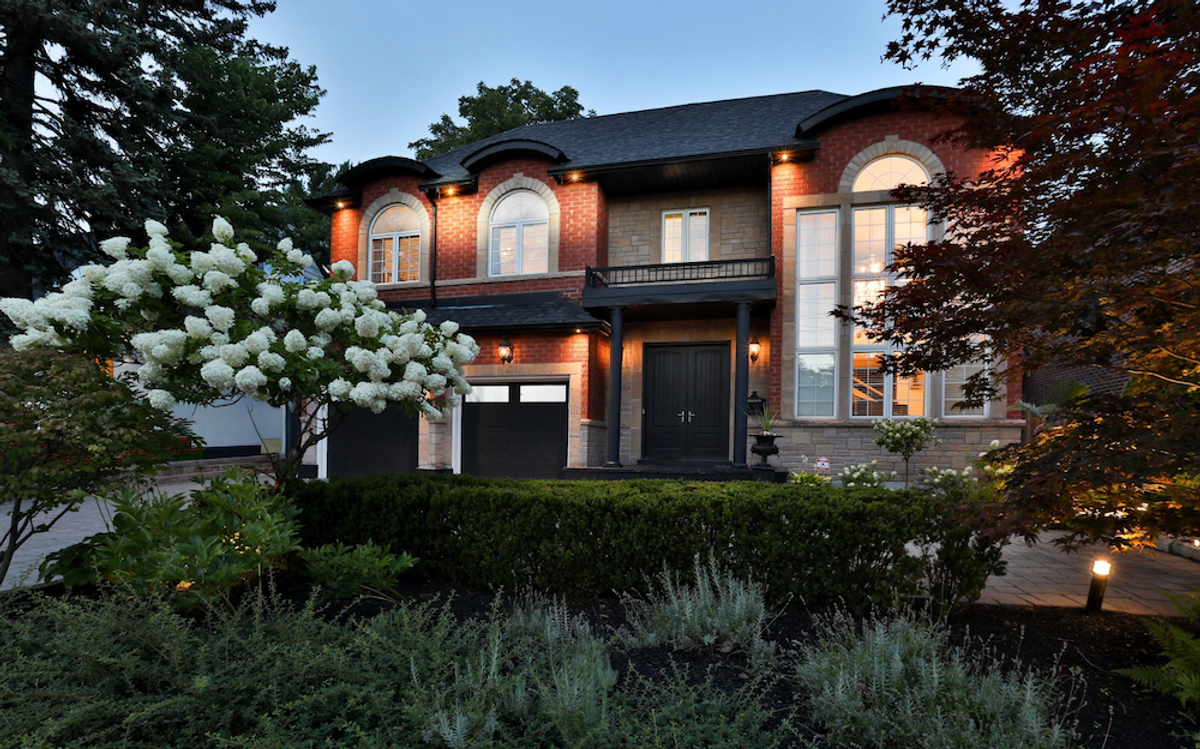Starting on Thursday, July 31, 2025, Toronto landlords will be required to obtain a Rental Renovation Licence from the City in order to evict tenants to do renovations. The move follows similar bylaws passed in Hamilton and London and is meant to protect tenants from bad faith evictions, or so-called 'renovictions.'
There's data to suggest renovictions — where tenants are evicted under the guise of renovations, allowing landlords to clear the unit and increase rents — have been on the rise across Ontario, and especially Toronto, for some time. According to research from ACORN, there was a 300% increase in the number of N13 notices (eviction notices for demolishing, renovating, or converting a rental unit) issued in the province between 2017 and 2022, and Toronto had the highest amount of all other municipalities. It’s unclear how many of those notices were issued nefariously, although the sharp increase coinciding with dramatic rises in rental rates and operating costs for housing providers in recent years suggests it’s a significant share.
Incentivizing evictions that are in bad faith comes down to a lack of vacancy control mandated at the provincial level, some argue. In Ontario, rental dwellings first occupied after November 2018 are not subject to rent control under vacancy control guidelines. Meanwhile, those occupied before November 2018, stop being subject to vacancy control guidelines after a sitting tenant turns over. This not only makes renovictions more appealing to bad-actor landlords, but also depletes affordable housing stock over time.
Manager of Policy at the Canadian Centre for Housing Rights (CCHR), Sara Beyer, says Toronto's new Rental Renovation Licence bylaw is a way to add a layer of tenant protection that's missing from the province's current system.
"The province is responsible for mediating the relationship between landlords and tenants through things like rent control and provisions for tenants when they are displaced," Beyer tells STOREYS. "But there are a lot of gaps in the provincial framework that the City has been trying to fill over time, and this new bylaw is an example of that."

In order to obtain a licence, Toronto landlords are now required to submit building permits and approvals, have a certified architect or engineer verify that an extensive renovation is required, provide temporary replacement housing or compensate with rent-gap payments should a tenant express the desire to return to the unit, or provide three-month's rent and a moving allowance should they not want to return. Landlords will also have to pay a $700 application fee and ensure they obtain an N13 from the Province prior to applying for the licence with the City. Once the City receives a complete licence application, the tenant must then be notified of the landlord's intentions.
For tenants who have been served an N13, the City's website provides information on landlord responsibilities under the new bylaw, steps to take if you intend to return to the apartment, how to report a violation, and links to get legal help.
The bylaw is intended to weed out bad-faith evictions, but Tony Irwin, President & CEO of the Federation of Rental-housing Providers of Ontario (FRPO), argues that provincial rules already exist that look out for tenants, including having a notice period, compensation, and right to return to the renovated unit. "FRPO believes the province is the appropriate jurisdiction to consider any additional requirements," he tells STOREYS.
It should be noted, however that while evicted tenants have the right to compensation and to return to their unit and pay the same rent once renovations are done (also know as right of first refusal), landlords sometimes ignore these rights, leaving tenants to either take the issue up with the infamously backlogged Landlord Tenant Board (LTB) and begin apartment hunting for what will most likely be a less affordable unit.
This is because, for many tenants kicked out of affordable units, whether justifiably or unjustifiably, Toronto's lack of affordable housing options means there are few viable avenues for rehousing.
"In Ontario, for every new affordable unit that is built, we lose about 15 existing affordable units in the private sector, due to things like excessive rent increases, conversions, and demolitions of affordable housing," says Beyer. "[...] We have so few affordable options available, both in the private rental market, but also in the community housing sector. So when people lose their homes, there's really few options out there, and that's very connected to the increasing rates of homelessness that we're seeing across the city."
For Irwin's part, he feels the new bylaw misses the mark when it comes to preserving tenants' rights. "Toronto's new renovation bylaw does not add any significant new protections for residents but will discourage investment and could delay necessary renovations, especially when combined with uncertainty around the current economic climate."

Instead, he advocates for Toronto to focus on growing the rental supply, thereby increasing housing options for Torontonians and improving affordability. "We encourage the City of Toronto to prioritize policies that encourage investment in new and existing rental housing, such as streamlining approvals, supporting infill development, and reducing fees and taxes," says Irwin.
He shares that, while the FRPO encourages landlords to carry out renovations at turnover, the majority of Toronto's aging rental buildings are more than 40 years old. He says that complicating the renovation process could have far-reaching impacts.
"Sometimes vacant possession is necessary for critical repairs or upgrades, particularly in aging properties," says Irwin. "Adding more administrative layers and costs to this process risks making it harder to maintain or improve older buildings. The result may be that needed work is delayed or that units stay off the market longer, reducing available housing."
But the greater solution, says CCHR's Beyers, may lie in having a more effective process for addressing needed repairs and maintenance throughout a building's lifetime.
"When we don't have robust monitoring and enforcement in place to hold landlords accountable for keeping units in a state of good repair — which they are legally required to do — it also kind of helps to carve out the path [for landlords] to say, 'Oh, well, you know, these units are are in such a poor state of repair that we have to do these renovations.,'" says Beyers. "If rental units are kept in a state of good repair, tenants really shouldn't have to leave their their units altogether. [...] It's pretty rare that full vacancy would actually be required for renovations to take place."
